General Public
The Early History of the Standards and Calibration Laboratory
The Birth of SCL (1977 to 1984)
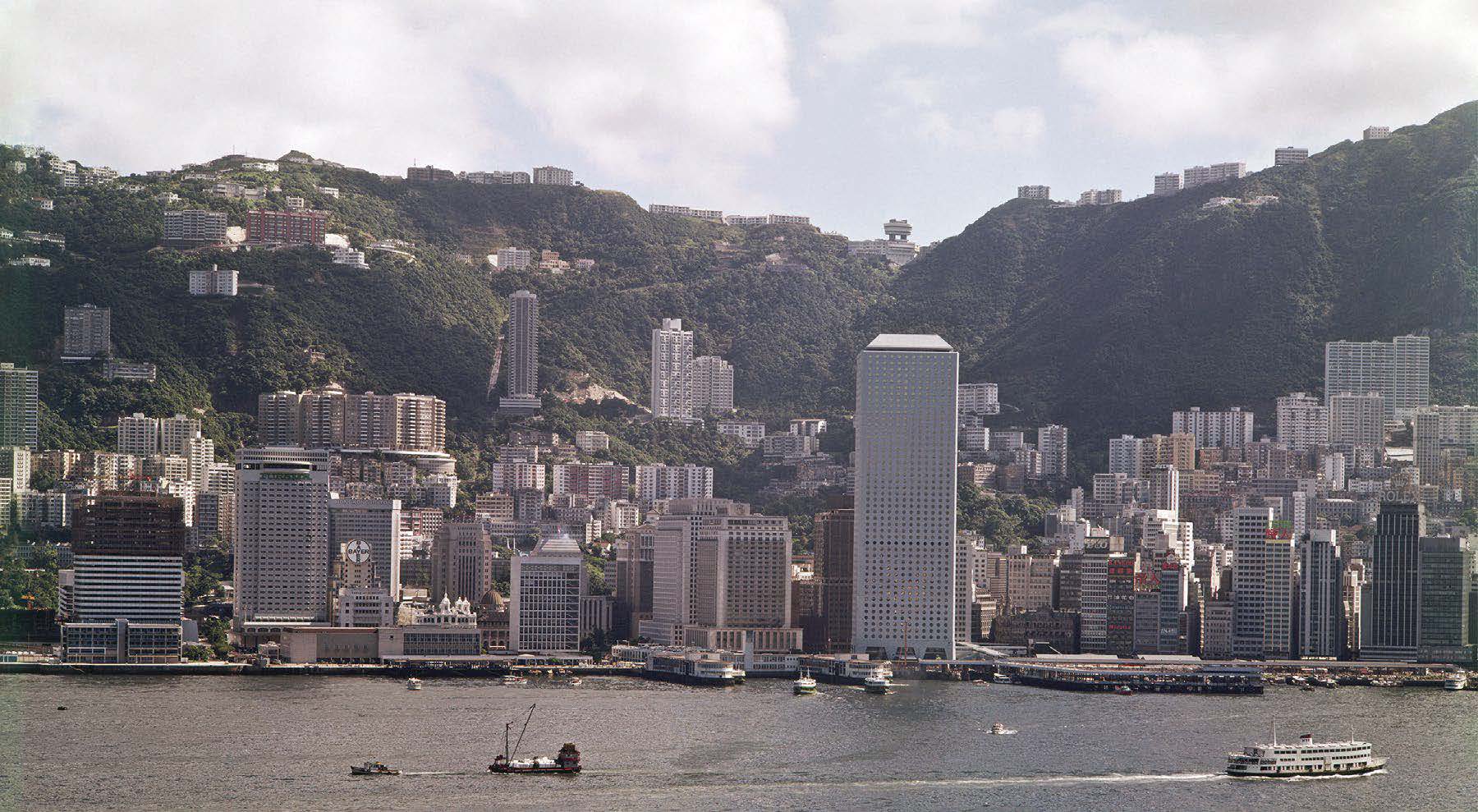 Hong Kong circa 1970s
Hong Kong circa 1970s
Despite spectacular growth of the Hong Kong industry in the several decades prior to 1977, Hong Kong did not have a metrological infrastructure as of 1977. Increasing concern was being expressed by many interesting in the provision of measurement standards at that time. For example, a 1977 report by the then Director of the Royal Observatory, the late Mr. Gordon Bell, noted “... it is remarkable that the high level of sophistication in both the manufacturing industries and commerce in Hong Kong has been achieved without the support of a local organisation to maintain and certify standards of measurement ... ”
The yearly growth rate of the Hong Kong economy in the period 1960 to 1978 had averaged about 9%. However, the growth was based on a narrow industrial base of three major products : (i) textiles and clothing; (ii) electrical and electronic goods; (iii) toys and plastic products, and this situation had persisted for many years. In 1977, the Hong Kong Government set up the Advisory Committee on Diversification (ACD) to study ways to facilitate diversification of industry.
In their 1979 report, the ACD recommended “The Government should aim to establish, as soon as practicable. a primary standards laboratory. This should initially accommodate the proposed electrical and electronics standards and calibration laboratory shall be capable of extension to provide further laboratories for primary standards in other fields. A further aim of Government policy should be to establish comparability of Hong Kong primary standards with those established elsewhere, and to devise a system for the accreditation and supervision of a number of secondary level but specialised calibration laboratories, which will provide the link between the primary standards and both manufacturing industries and quality certification organisations.”
In parallel, almost at the same time in 1978, Mr CH Dix of the National Physical Laboratory of the UK was commissioned by the Hong Kong Government to conduct a consultancy study to review the situation concerning the provision of electrical standards of measurement and a calibration service to support the electronics/electrical industries. The consultant’s report endorsed the need for such a facility and outlined a possible structure for the laboratory organization.
After considering these studies and having in depth review of Hong Kong’s requirements over a number of years and took into account the economic factors which could materially affect Hong Kong’s industrial diversification and hence future trade, the Government in 1980 decided to set up the Standards and Calibration Laboratory. The preparation work was led by Mr Brian Tyler, who later became the first Head of Laboratory of SCL.
In 1984, the HKG Standards and Calibration Laboratory (SCL) was established, initially for electricity and thermometry, under the Industry Department which was de-federated from the Trade, Industry and Customs Department some time earlier.
 The two Departments related to SCL during its setting up from 1980 to 1984
The two Departments related to SCL during its setting up from 1980 to 1984
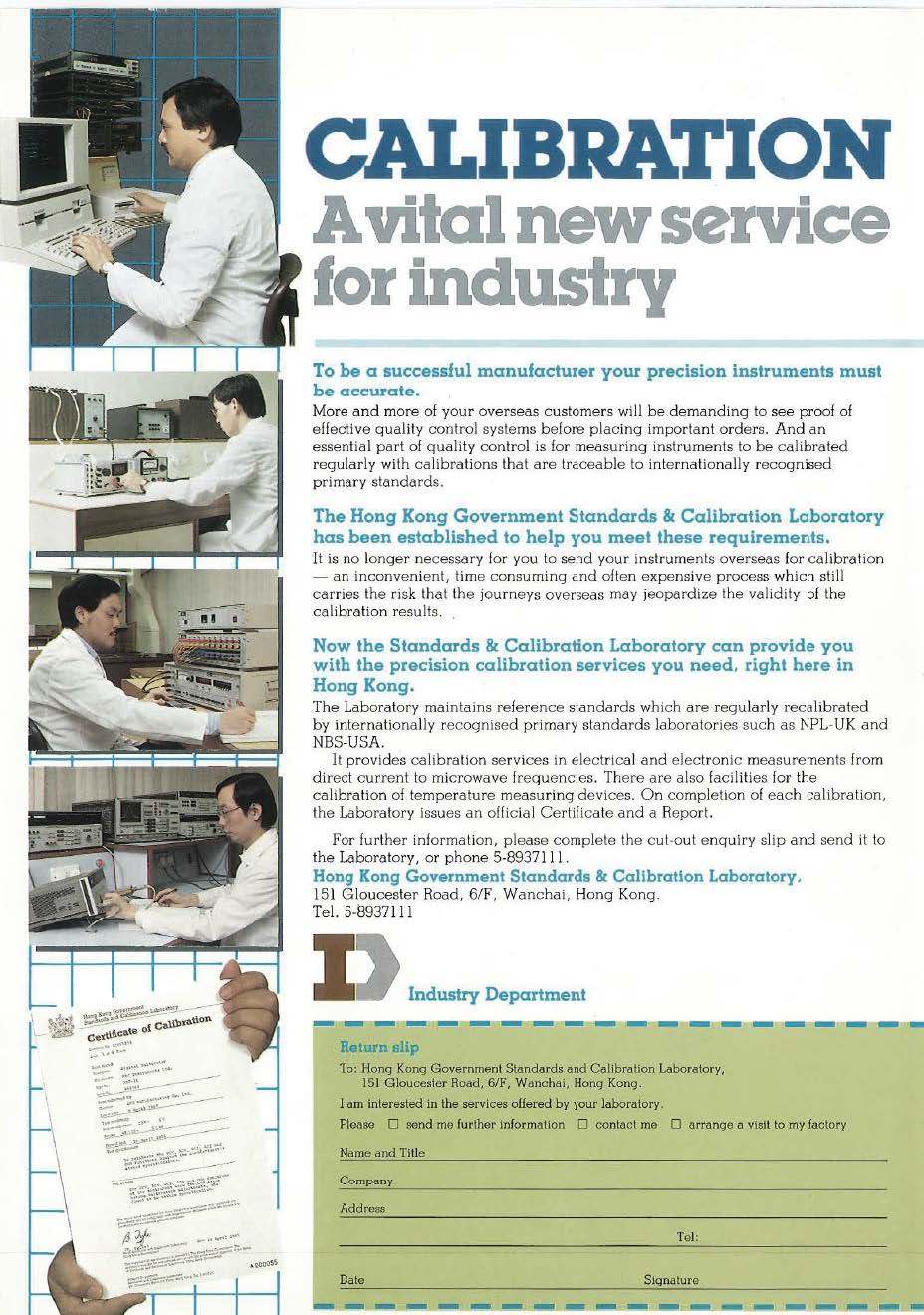 Pamphlet of SCL in the 1980s
Pamphlet of SCL in the 1980s
The Setting Up of Time and Frequency Standards at SCL
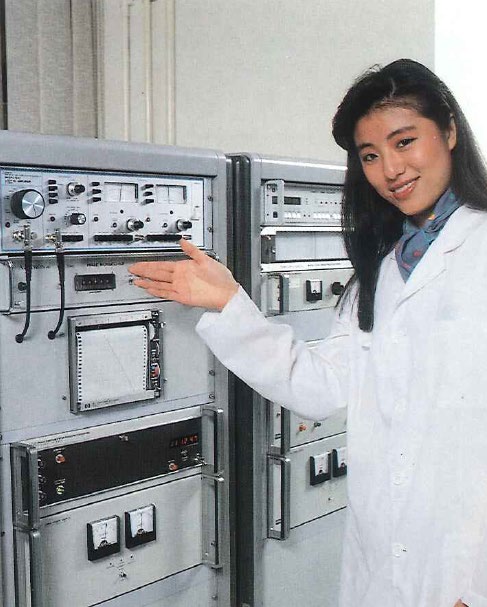 SCL Time and Frequency Standards in the early 1990s
SCL Time and Frequency Standards in the early 1990s
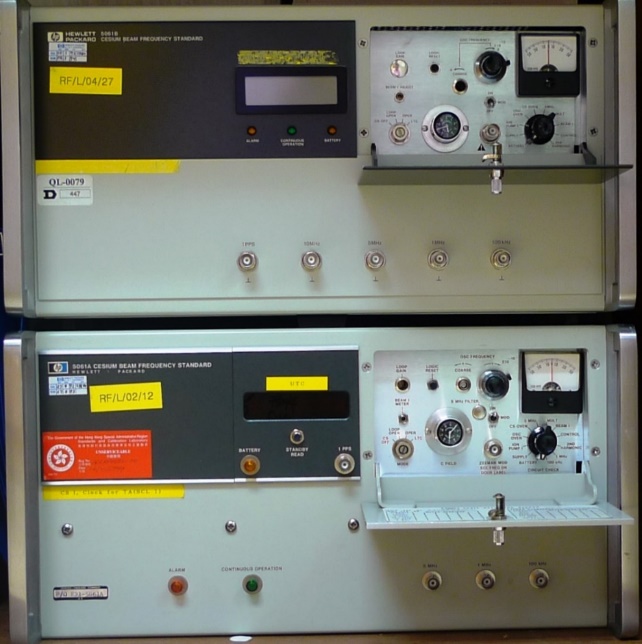

One of the earliest standards set up in SCL was a caesium atomic clock used as time and frequency standards. The first HP5061A caesium beam frequency standard was acquired in 1983. Another HP5061A was acquired in 1991. Initially the HP5061A was calibrated by NBS (now NIST) of the USA.
In the early days a LORAN-C timing receiver (Austron Model 2100) was used to synchronize the HP5061A to UTC(USNO) by receiving the LORAN-C signal from Gesashi, Okinawa, Japan (GRI 99700, shutdown in 1993). The carrier frequency of the LORAN-C signal was 100 kHz. (UTC(USNO) refers to the Coordinated Universal Time at the United States Naval Observatory.)
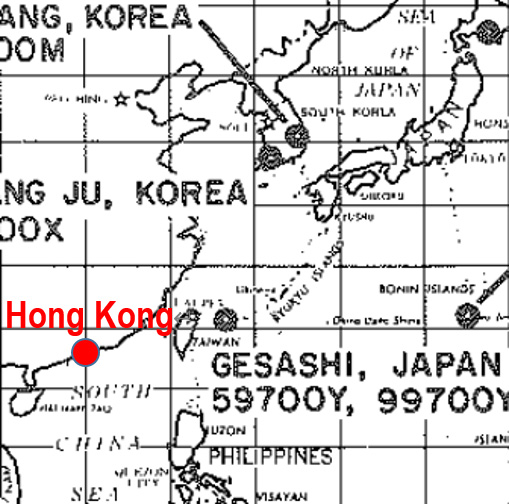 GRI 99700 LORAN-C station Gesashi, Okinawa, Japan
GRI 99700 LORAN-C station Gesashi, Okinawa, Japan
 The Austron Model 2100 LORAN-C timing receiver
The Austron Model 2100 LORAN-C timing receiver
In 1986, the SCL frequency measurement services were accredited by NAMAS of the UK. The accuracy of the SCL frequency standards was 5 x 10-12. Since then, the frequency measurement of SCL was traceable to the National Physical Laboratory (NPL) of the UK via the LORAN-C link at Gesashi to UTC(TKO) and then the UTC(NPL) through GPS common view method. (TKO : Tokyo Astronomical Observatory)
In 1989, SCL acquired the single channel Allen Osborne TTR-5A GPS Receiver. In 1992 SCL started to participate in GPS Common View Comparison. On August 1992, the results of UTC- UTC(SCL) appeared on the Circular-T published by the Bureau International des Poids et Measures (BIPM) for the first time. From 1993 onwards, the frequency measurement of SCL was directly traceable to the BIPM. From 1995, SCL started to replace the HP5061A with the more advanced HP5071A.
 Allen Osborne TTR-5A GPS Receiver
Allen Osborne TTR-5A GPS Receiver
The Setting Up of Mass Standards at SCL
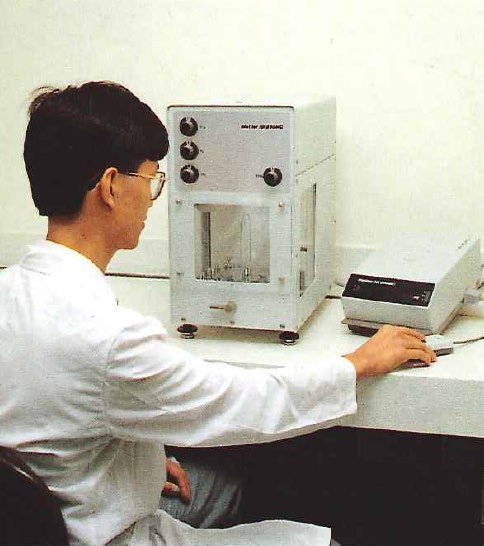 Mass Laboratory of SCL in late 1980s
Mass Laboratory of SCL in late 1980s
SCL started to set up the Mass Laboratory and the Length Laboratory in 1986. Before 1993, the reference standard for mass at SCL is a set of standards weights calibrated by the National Physical Laboratory (NPL) of the UK. Our mass measurements were traceable via the UK national standard to the International Prototype Kilogram (IPK).
From year 1889 to 20 May 2019, the SI base unit of kilogram is defined as the mass of the IPK kept by the BIPM. The IPK is a piece of cylindrical alloy made of 90 % platinum and 10 % iridium. Around a hundred copies of the IPK had been made and distributed to the member states of the General Conference on Weights and Measures (CGPM) as their reference standard of mass.
In 1990, SCL decided to acquire an IPK Copy for Hong Kong, China. On 15 May 1990, a letter was sent to BIPM saying “… At present, our reference standard for mass is a stainless steel 1 kg directly traceable to NPL, who has verified to ±50 µg (2 sigma). Our in-house mass comparator (Mettler HK1000) is able to achieve a standard deviation of 10 µg at 1 kg, … Our capability will be significantly improved if we could obtain Platinum-iridium one kilogram standard from BIPM, to act as our reference. ”
A very positive reply was received from BIPM on 23 May 1990. BIPM agreed in principle to supply a copy of the IPK to Hong Kong, China after completion of the Third Periodic Verification, which lasted from 1988 to 1992. The Periodic Verification had been carried out only three times in the one hundred years (1899 to 1911, 1939 to 1953 and 1988 to 1992) since 1889, it was really fortunate for SCL to make the request in the right window.
Finally, SCL received the IPK Copy No. 75 on 19 April 1993.
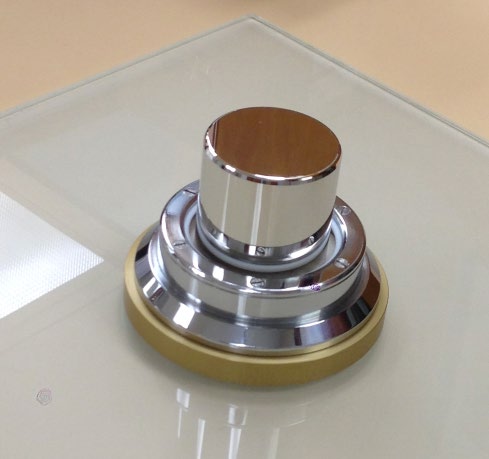
The Setting Up of Temperature Standards at SCL
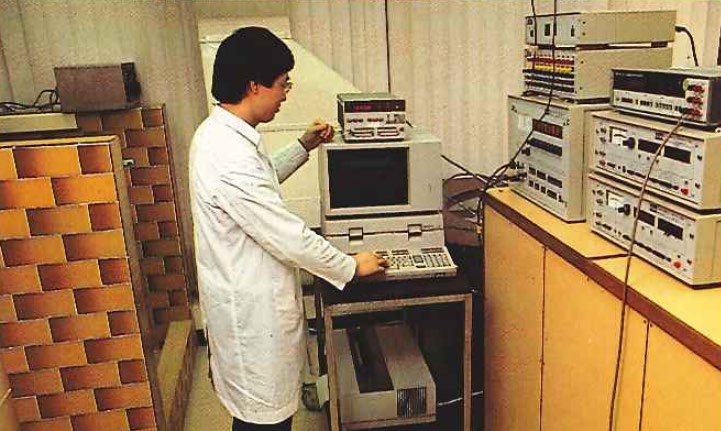 SCL Temperature Laboratory in the 1980s
SCL Temperature Laboratory in the 1980s
The kelvin is the SI base unit for thermodynamic temperature. The precise measurement of thermodynamic temperatures is difficult. Practical temperature scales were therefore introduced to make use of instruments such as platinum resistance thermometers which are easier to use and give more precise measurement results. The first International Temperature Scale was adopted in 1927, revised in 1948 as IPTS-48, revised again in 1968 as IPTS-68, and again in 1990 as the International Temperature Scale of 1990 (ITS-90). When the Temperature Laboratory was established in 1984, SCL naturally followed the IPTS-68. On 1 January 1990, SCL adopted the ITS-90.
From 13.81 K to 630.74 °C the IPTS-68 is realised using platinum resistance thermometers (PRT). Above 0 °C, the PRT is calibrated at the triple point of water (0.01 °C), the freezing point of tin (231.9681 °C) and the freezing point of zinc (419.58 °C). In the 1980s, without the tin and zinc points, the PRTs at SCL were calibrated by the NPL of the UK.
SCL has set up two triple point of water cells since 1984. They were used to measure the resistance of PRTs at 0.01 °C so as to derive the R(0 °C) for use in the reference equations of IPTS-68. In 1987, SCL acquired a tin cell and a zinc cell from the NPL of the UK. These cells were intended to be used as primary standards for calibration of PRT in accordance with IPTS-68. The plan was postponed due to launching of ITS-90.
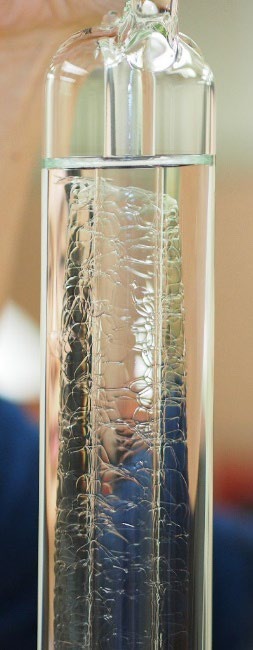 Triple-point-of-water cell
Triple-point-of-water cell
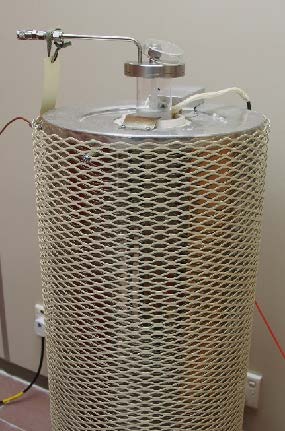 Furnace for tin or zinc cell
Furnace for tin or zinc cell
 Freezing-point-of-tin cell acquired in 1987
Freezing-point-of-tin cell acquired in 1987
The IPTS-68 was superseded by the ITS-90 in 1990. This was a major revision with a different set of temperature fixed points defined. SCL realised the ITS-90 by setting up the following fixed points (TP:triple point, MP:melting point, FP: freezing point). Since then the Standard Platinum Resistance Thermometer (SPRT) at SCL were calibrated using these cells providing traceability to ITS-90.
- TP of argon (-189.3442 °C)
- TP of mercury (-38.8344 °C)
- MP of gallium (29.7646 °C)
- FP of indium (156.5985 °C)
- FP of tin (231.92 °C)
- FP of zinc (419.527 °C)
- FP of aluminium (660.323 °C)
- FP of silver (961.78 °C)
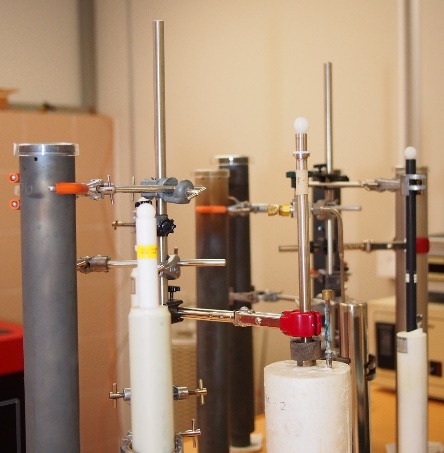
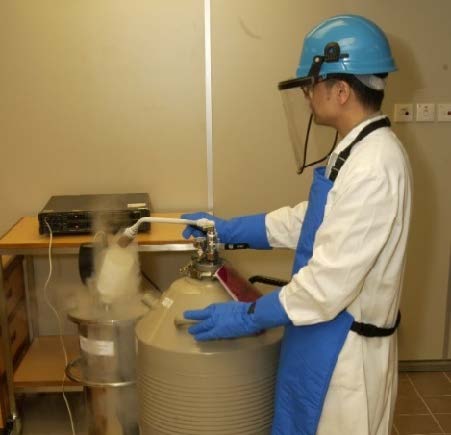
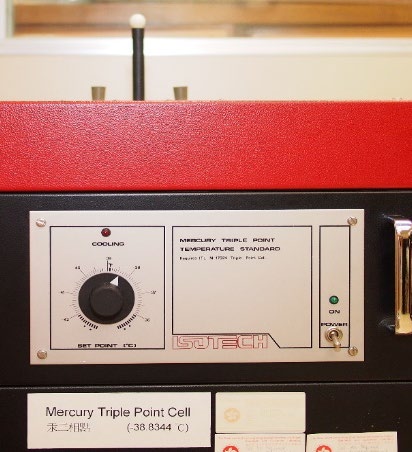
The Setting Up of Electricity and Magnetism Standards at SCL
 Direct Current Laboratory of SCL in the 1980s
Direct Current Laboratory of SCL in the 1980s
Since its establishment in 1984, SCL’s unit of voltage was maintained by a bank of 12 Weston cells contained in a temperature-controlled enclosure. Until 1993, the SCL volt was traceable to the volt realized at the National Physical Laboratory of the UK. Traceability was maintained through the use of two Transvolts which were hand-carried between NPL and SCL at half-yearly intervals. The annual drift of the SCL volt during this period was less than 0.6 x 10-6。
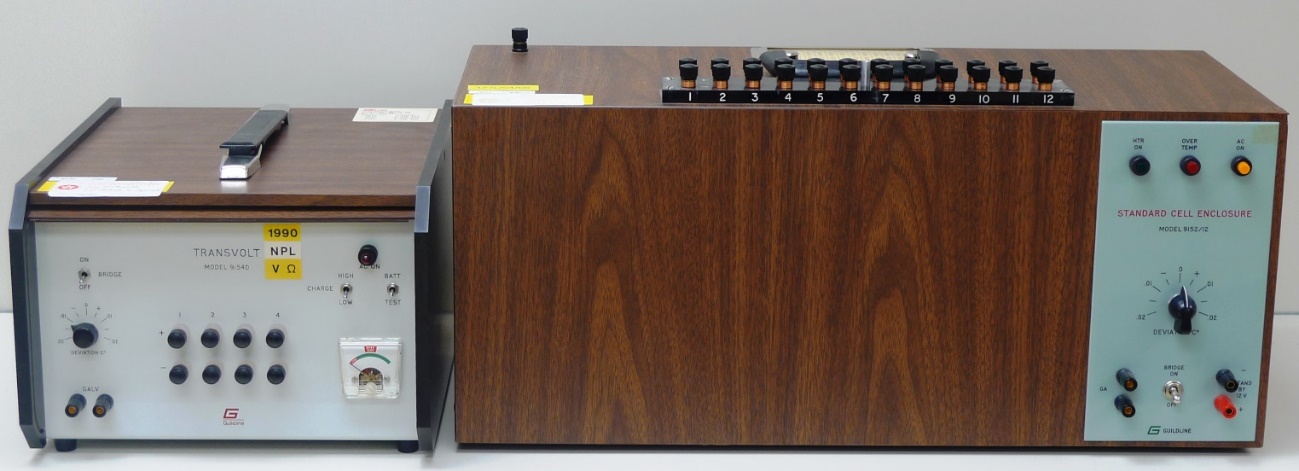 SCL voltage standard up to 1993
SCL voltage standard up to 1993
In 1993, SCL set up an 1-V Josephine Array Voltage Standard (JAVS) which was upgraded to 10-V in 1995. This was purchased commercially from the US and was manufactured according to the NIST design. The array chips supplied with the system were made by NIST. The system is operated through a computer interface running “NISTVOLT” developed by NIST. The voltage measurements after 1993 were traceable to this system.
 JAVS at SCL in the mid 1990s
JAVS at SCL in the mid 1990s
Since 1984, SCL maintained a set of standard resistors from 1 mΩ to 10 MΩ (later extended to 10 TΩ ) immersed in oil baths as Hong Kong’s reference standards of resistance. Traceability was established by sending 3 standard resistors, 1 Ω, 1 kΩ and 10 kΩ, to NPL of the UK for calibration regularly. These 3 values were used to re-establish the values of other decade values using the substitution method.
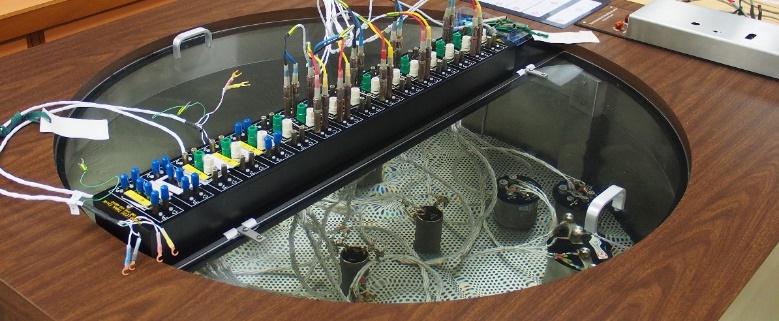

In 2001, SCL established a quantized Hall effect resistance standard (QHRS) system to realize the unit of resistance. The QHRS system consist of a magnet, two QHE samples, a 3He variable temperature sample insert and a cryogenic current comparator (CCC) resistance bridge. This system became the traceability source of local resistance measurements after 2001.
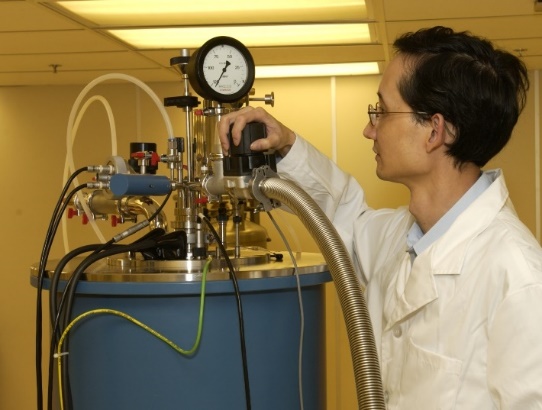
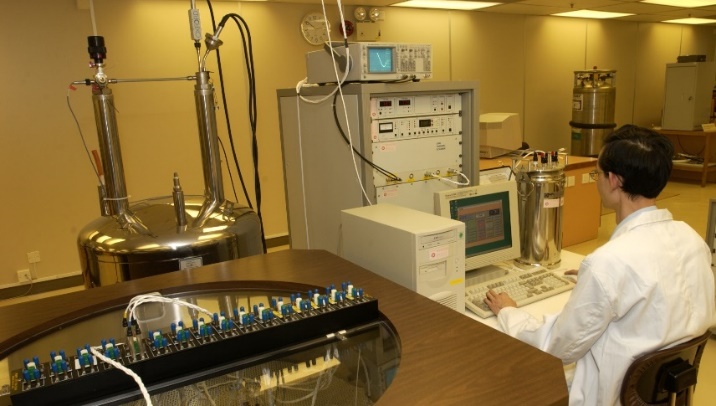
The Setting Up of Length Standards at SCL
One of the method to realize the SI base unit of metre is by the wavelength in vacuum of a plane electromagnetic wave of frequency f. SCL has chosen 473.612 THz, corresponding to a wavelength of 633 nm, generated by an Iodine stabilized Helium-Neon Laser as its method of practical realization of the metre.
In 1998, SCL acquired from NPL of the UK an Iodine stabilized Helium Neon laser, at 633 nm, as Hong Kong, China’s primary standard for length.
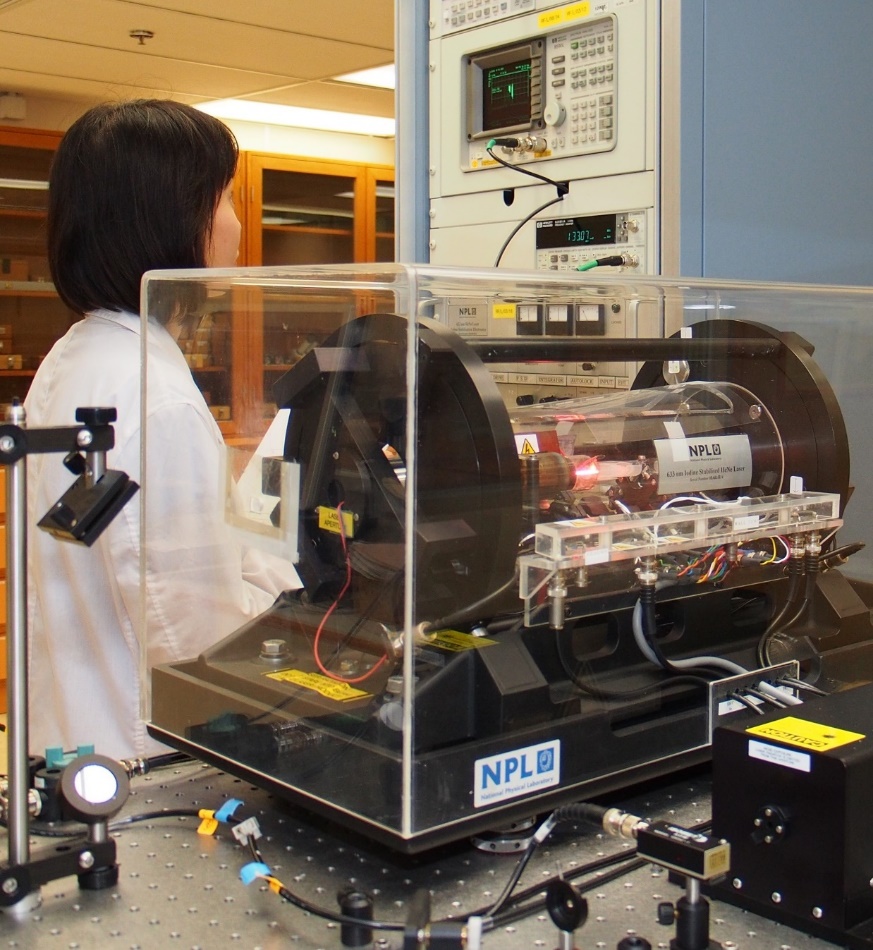 Iodine stabilized Helium Neon laser at SCL
Iodine stabilized Helium Neon laser at SCL